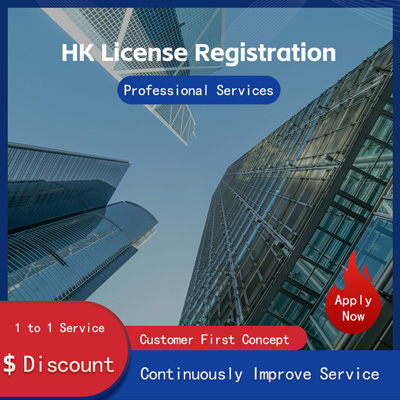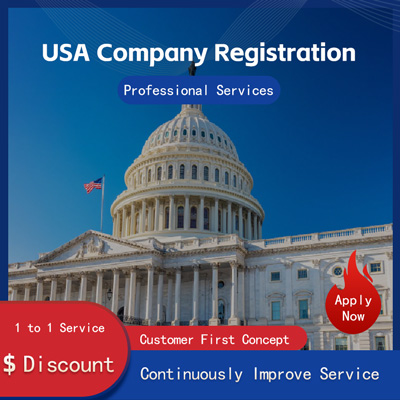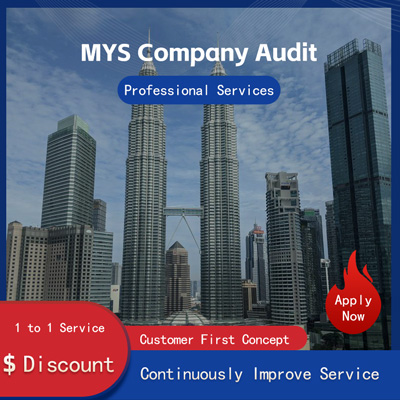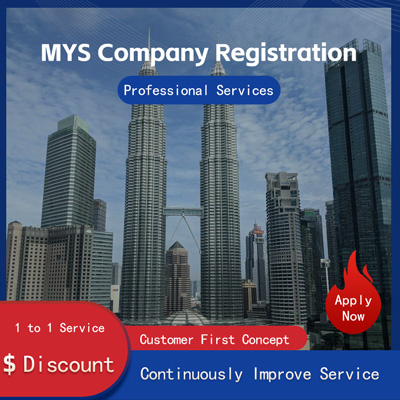
How to Confirm Whether Export Goods Packaging Needs to Bear the IPP Mark
How to Determine Whether Export Goods Packaging Requires IPPC Labeling
In international trade, the transportation and packaging of goods are very important links. To ensure the safe transport of goods and prevent the spread of harmful organisms, many countries and regions have formulated corresponding regulations and standards. Among them, the International Plant Protection Convention IPPC, as a global agreement, aims to coordinate plant quarantine requirements among various countries. The IPPC label is an important measure under this convention, indicating that packaging materials have undergone treatment in compliance with specific environmental protection and plant health standards.

First, we need to understand what an IPPC label is. An IPPC label is a marking symbol typically found on wooden packaging materials such as pallets and crates. This label indicates that the packaging material has undergone treatment in accordance with IPPC requirements, such as heat treatment HT, fumigation MB, or other approved methods, thereby reducing the risk of carrying pests. For export companies, understanding and correctly applying IPPC labels is essential because it not only affects whether goods can pass customs smoothly but may also impact the company's reputation and market competitiveness.
So, in actual operations, how do you determine if your goods' packaging needs to be labeled with IPPC? This mainly depends on several key factors
Firstly, the regulations of the destination country. Different countries have different requirements for imported wooden packaging materials. For example, the EU requires all wooden packaging from non-EU member states to comply with ISPM15 standards and bear IPPC labels; whereas, the US allows the use of treated alternative materials as substitutes for wooden packaging. Before preparing for exports, enterprises should consult the specific regulations of the target markets to ensure their packaging solutions meet the requirements.
Secondly, the type of packaging material. IPPC labels are primarily used for wooden packaging materials, but certain special cases, such as those made entirely of synthetic materials or thin boards less than 6 millimeters thick, can be exempted. If the packaging materials are purchased locally in the exporting country and assembled domestically, they may also not require labeling. Enterprises should carefully select packaging materials and seek professional advice when necessary.
Thirdly, the specifics of the goods. In addition to the packaging materials themselves, the nature of the goods and their transport conditions must also be considered. For example, some perishable or high-value commodities may face higher quarantine risks due to packaging issues, requiring particular attention to the selection and treatment process of packaging materials. Moreover, enterprises engaged in frequent cross-border transportation are often required to undergo regular inspections to prove their ongoing compliance with relevant regulations.
Fourthly, one’s own awareness and capability of compliance. Even with the above knowledge, implementing it in practice still presents certain challenges, especially for newcomers to the international market who may make incorrect judgments due to lack of experience. It is recommended that enterprises prepare thoroughly in advance, including attending training courses, hiring advisory teams, and establishing comprehensive internal management systems.
Finally, it is worth mentioning that as globalization accelerates, more and more enterprises are becoming aware of the importance of environmental protection. In this context, an increasing number of consumers tend to support brands that adopt sustainable development strategies. By using packaging materials that comply with IPPC standards, enterprises can not only avoid potential trade barriers but also establish a good social image, enhancing customer trust.
In conclusion, determining whether export goods require IPPC labeling is not a simple matter. It involves multiple considerations. Only by fully understanding relevant regulations, deeply analyzing one’s own needs, and taking positive and effective measures can enterprises ensure that goods reach their destinations smoothly and create greater value for the enterprise. It is hoped that this article will provide readers with useful information and encourage more people to pay attention to and support the direction of green trade development.
Still have questions after reading this? 26,800+ users have contacted us. Please fill in and submit the following information to get support.

Service Scope
MoreRecommended for You
- Common International Air Freight Additional Charges?
- FBA Logistics Service Under Which Platform? Dry Cargo Knowledge Sharing of Cross-Border Logistics
- FBA Air Freight Process Explained Key Considerations for Amazon Sellers
- Is There a Weight Limit for Shipping Containers by Sea to the US? How to Ensure Cargo Weight Meets Standards
- How Long Does It Take How Much for Air Freight From China to Singapore?
- Don't Underestimate the Ship Age Certificate! What Seafarers Must Know
- How Long Does It Take to Send International Express Delivery from Shenzhen to Dubai? What’s the Fastest Time?
- Amazon Customer Satisfaction Metric Maintenance Strategy
- EDM Marketing Email Content Creation Guide
- Effective Strategies for DHgate Sellers to Increase Product Prices
- How to Register for French Cdiscount Cross-Border E-Commerce
- A Detailed Guide to Uploading Products on AliExpress
- Monthly Revenue 300k Mercado Libre Operation Strategy Sharing
- AliExpress Ranking Inquiry and Optimization Methods
- Analysis of DHL International Freight Transportation Reliability and Sharing of Air Cargo Tips
- eBay Sellers Share Strategies for Successful Operation
- Why Do Shipping Lines Allocate Space to Freight Forwarders Instead of Soliciting Cargo Directly?
- Analysis of Risk Types in Cross-border Payment Transactions
- Analysis on Features and Value of Cross-Border E-commerce Platforms
- Impact of Shipping Carrier Selection on Cost and Efficiency in Cross-Border E-Commerce Practical Tips for International Shipping


 ONE
ONE








Customer Reviews
Small *** Table
December 12, 2024The experience was very good. I was still struggling to compare it with other companies. I went to the site a few days ago and wanted to implement it as soon as possible. I didn't expect that everything exceeded my expectations. The company is very large, with several hundred square meters. The employees are also dedicated and responsible. There is also a wall of certificates. I placed an order on the spot. It turned out that I did not make a wrong choice. The company's service attitude is very good and professional. The person who contacted me explained various things in detail in advance. After placing the order, the follow-up was also very timely, and they took the initiative to report the progress to me. In short, I am very satisfied and recommend this company!
Lin *** e
December 18, 2024When I first consulted customer service, they recommended an agent to me. They were very professional and patient and provided excellent service. They answered my questions as they came in. This 2-to-1 service model is very thoughtful. I had a lot of questions that I didn’t understand, and it’s not easy to register a company in Hong Kong. Fortunately, I have you.
t *** 7
December 19, 2024I originally thought that they only did mainland business, but I didn’t expect that they had been doing Hong Kong business and were doing very well. After the on-site interview, I decided to ask them to arrange the registration of my Hong Kong company. They helped me complete it very quickly and provided all the necessary information. The efficiency was awesome. It turns out that professional things should be done by professionals.👍
b *** 5
December 16, 2024In order to register a company in Hong Kong, I compared many platforms and stores and finally chose this store. The merchant said that they have been operating offline for more than 10 years and are indeed an old team of corporate services. The efficiency is first-class, and the customer service is also very professional.